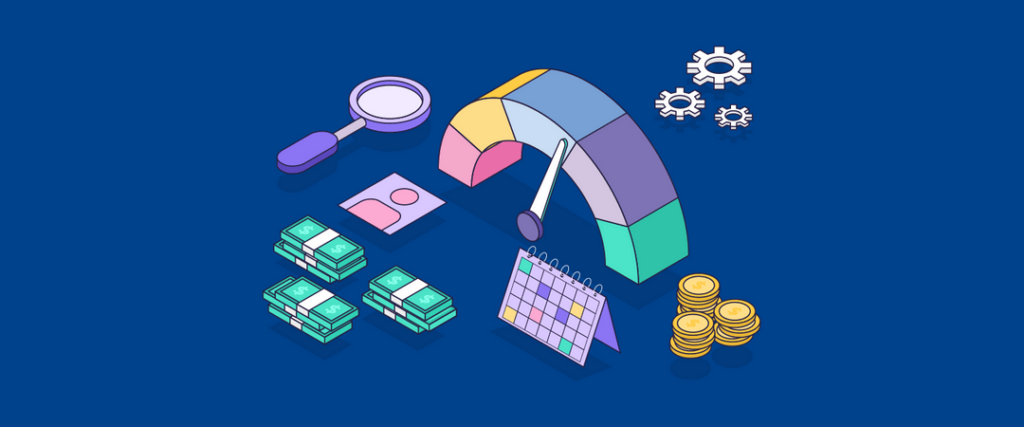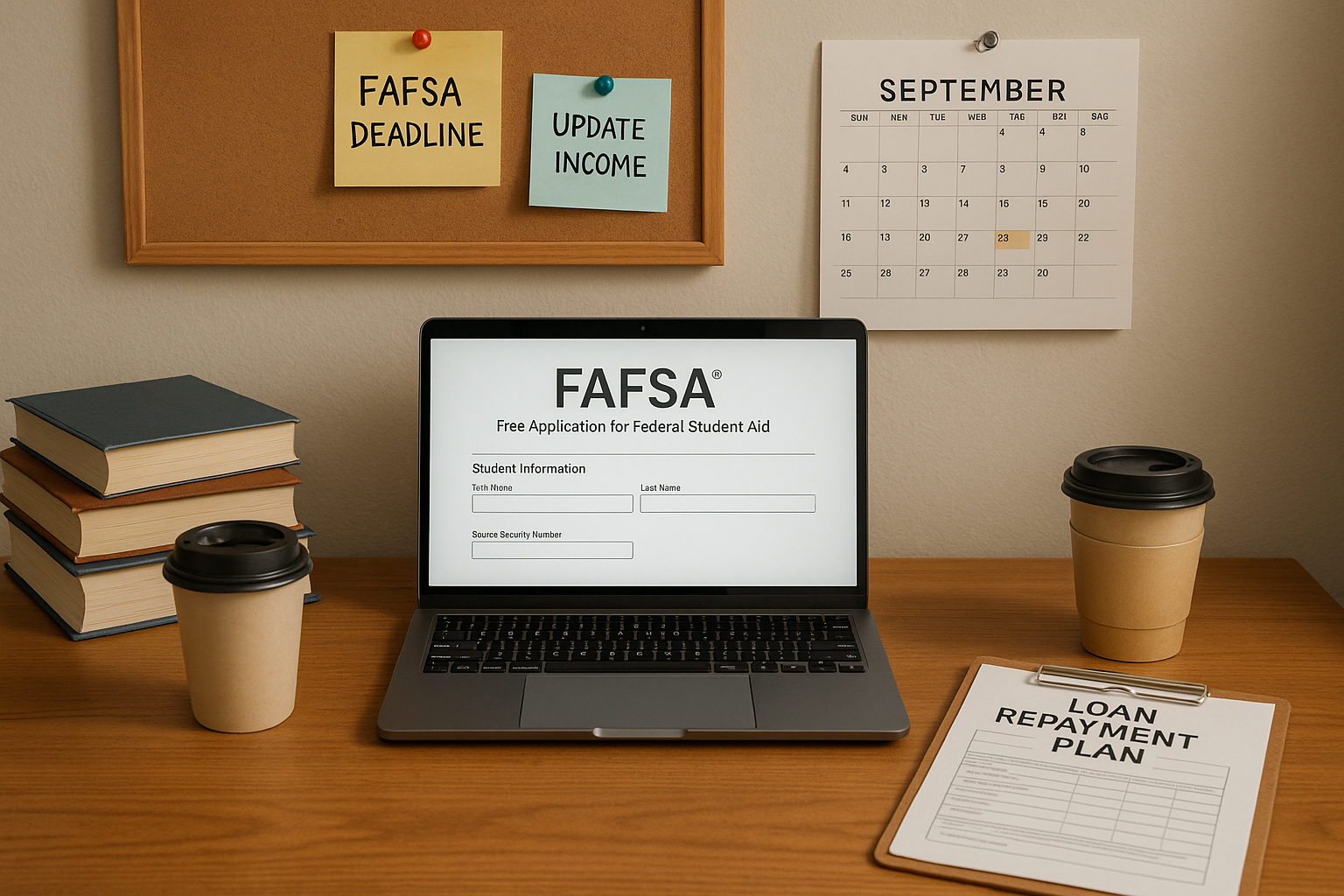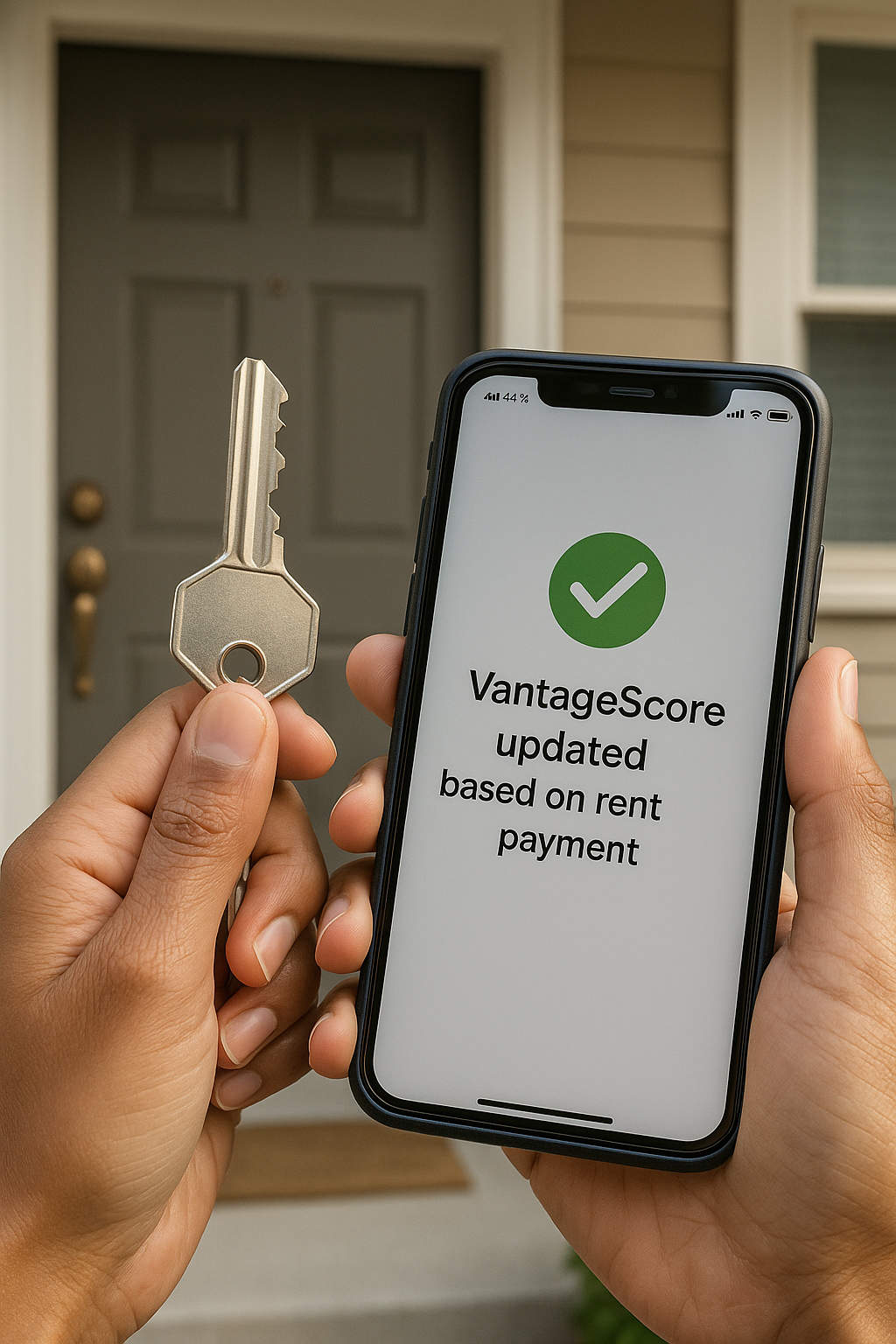
When you’re earning a living in the dynamic gig economy, your paychecks can feel like a roller coaster, some weeks are a high climb, and others are a low drop. For us, the flexibility and freedom are amazing, but that unpredictable income can make building a strong financial future feel distant. Unlike traditional employees, we often don’t have employer-sponsored retirement plans, paid time off, or negotiated health insurance waiting for us.
But here’s the good news: taking control of your financial destiny is absolutely within reach. By being strategic, we can create our own robust financial safety net. And for the Latino community in the U.S., this isn’t just about money, it’s about long-term stability and building generational wealth.
Step 1: Face the Numbers and Set Your “Anchor” Goal
To start building your safety net, you first need to know your “anchor.”
Define Your Monthly Survival Number:
- Add up your essential monthly expenses: rent/mortgage, minimum debt payments, groceries, utilities, and transportation.
- This total is your immediate goal for an emergency fund. This money is your first layer of protection, designed to cover one month of necessities if your income suddenly stops.
Why this is crucial for our community: Financial stress is a reality. In fact, a recent report by the Pew Research Center shows that a significant percentage of Hispanic adults in the U.S. report having difficulty paying bills. Building this fund is your first, most powerful move against that stress, offering immediate peace of mind.
Step 2: The Saving Ladder: Small Steps to Big Security
Once you hit that first month’s goal, don’t stop! Think of your safety net as a ladder, and you’re climbing toward greater security:
- First Rung: One month of essential expenses.
- Second Rung: Two to three months of expenses.
- Ultimate Goal: Three to six months of expenses.
Even if you can only set aside $20 a week, those small deposits add up faster than you think. Every dollar you save is a step toward making you the CEO of your own financial stability.
Step 3: Tackling Debt Strategically
We understand that debt can feel overwhelming. Many in our community carry the burden of student loans or credit card debt, often accumulated while supporting family or investing in a better future. But reducing debt is a key part of your financial safety net, because it frees up cash flow.
Our Two Best Strategies for Debt Payoff:
- The High-Interest Attack (Avalanche Method): Focus on paying extra on the debt with the highest interest rate first (like certain credit cards). This saves you the most money over time.
- The Quick Win (Snowball Method): Focus on paying off the debt with the smallest balance first. Paying it off completely gives you a powerful psychological win and momentum, freeing up cash to roll into the next biggest debt.
Building Our Future with Credit: Making on-time payments is foundational. A strong credit history, often represented by a high credit score, isn’t just a number; it’s a powerful tool. It’s what helps us secure lower interest rates on loans for a car or a home, helping us build wealth in the future.
Step 4: Leverage Windfall Income
As gig workers, we occasionally receive “windfall” money (a tax refund, a significant customer bonus, a big tip, or an inheritance). Since this isn’t part of your regular cash flow, treat it differently!
The 50/30/20 Rule for Windfalls:
- 50% to Savings: Half goes straight into your emergency fund or for long-term investments.
- 30% to Debt: Use this portion to pay down high-interest debt aggressively.
- 20% to You: This is for a small splurge or a much-needed purchase. Celebrate the win!
Step 5: Planning for the “Known Unknowns”
Once your emergency fund is stable and debt is manageable, start saving for those future expenses you know are coming. These are the “known unknowns” that, if not planned for, force us back into debt.
- Known Unknowns:
- Annual insurance premium renewals (car, health).
- Holiday spending or family travel.
- A down payment on a major purchase (car replacement, home improvement).
By setting up a separate savings goal for these events, you avoid dipping into your emergency fund or, worse, taking on new credit card debt when the time comes.
Creating a System for Irregular Income
Since our paychecks fluctuate, the standard advice to “set up an automatic transfer” might not always work. We need a system that adapts to our reality.
- Track Your Income: Keep a simple record of your monthly earnings. This helps you predict your high-revenue months.
- The Percentage Rule: When you get paid, immediately transfer a fixed percentage (say, 10% or 15%) into your savings account. If a check is $500, you save $50. If a check is $2,000, you save $200. This ensures you save more during the good times to carry you through the slow times.
- Calendar the Transfer: Instead of automatic transfers, manually schedule a transfer to savings every time you get paid. This keeps you actively involved in your financial health.
By creating this structure, we move from simply reacting to our income to intentionally building a more secure and prosperous future for ourselves and our families. Our ability to hustle in the gig economy is a strength. Let’s use that same drive to build an unbreakable financial foundation.
👉 Ask Gabi anything, anytime.
Stay tuned! We got you!






